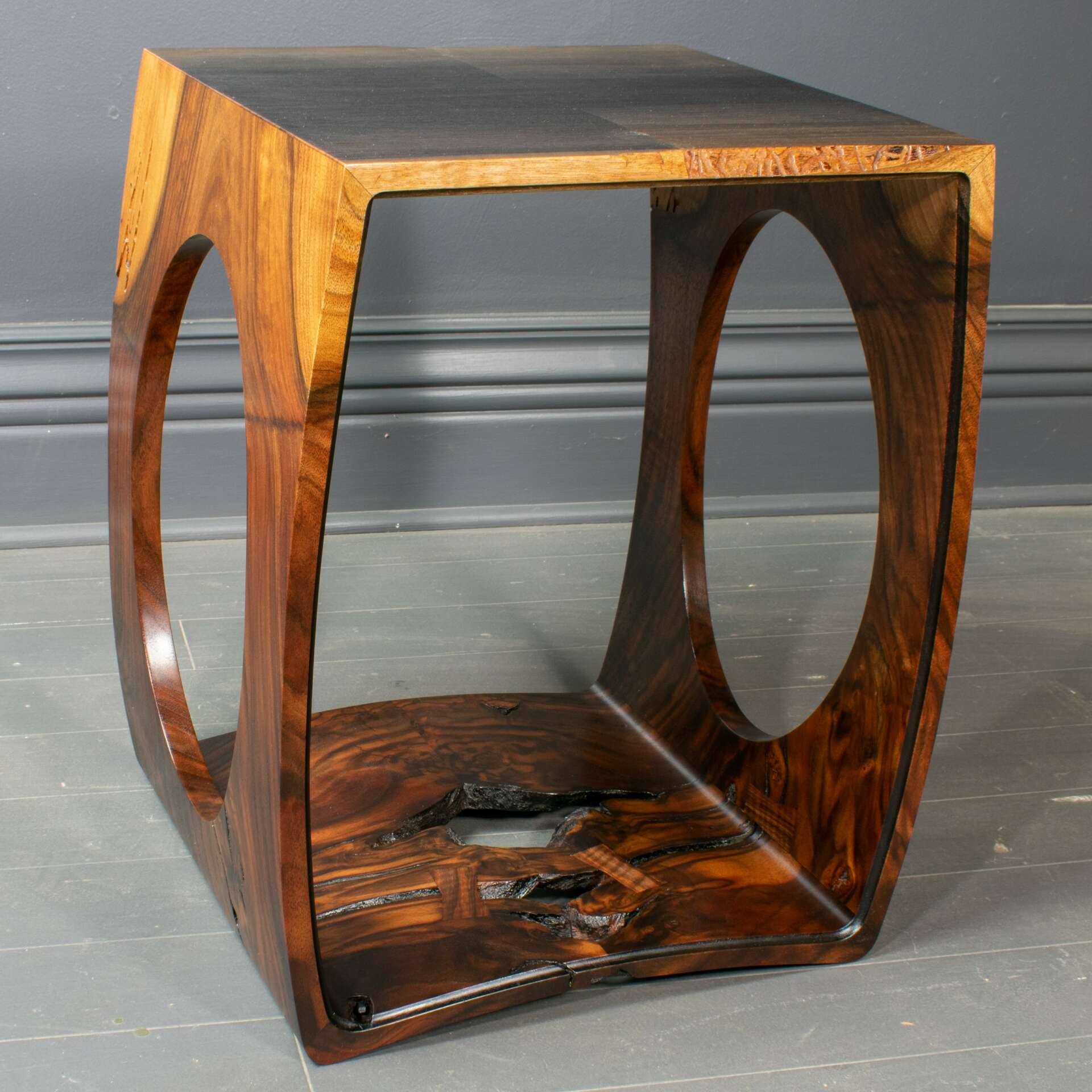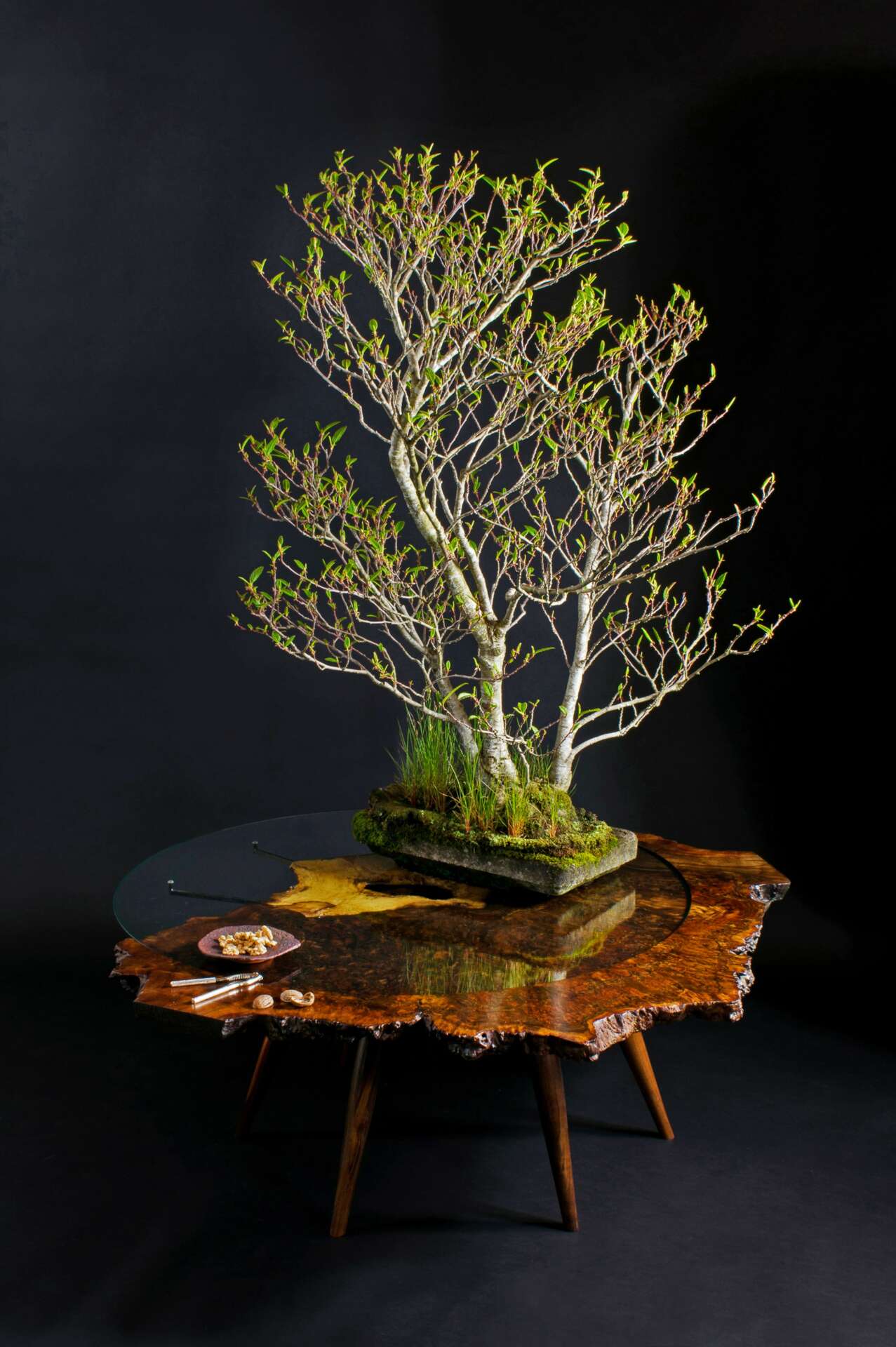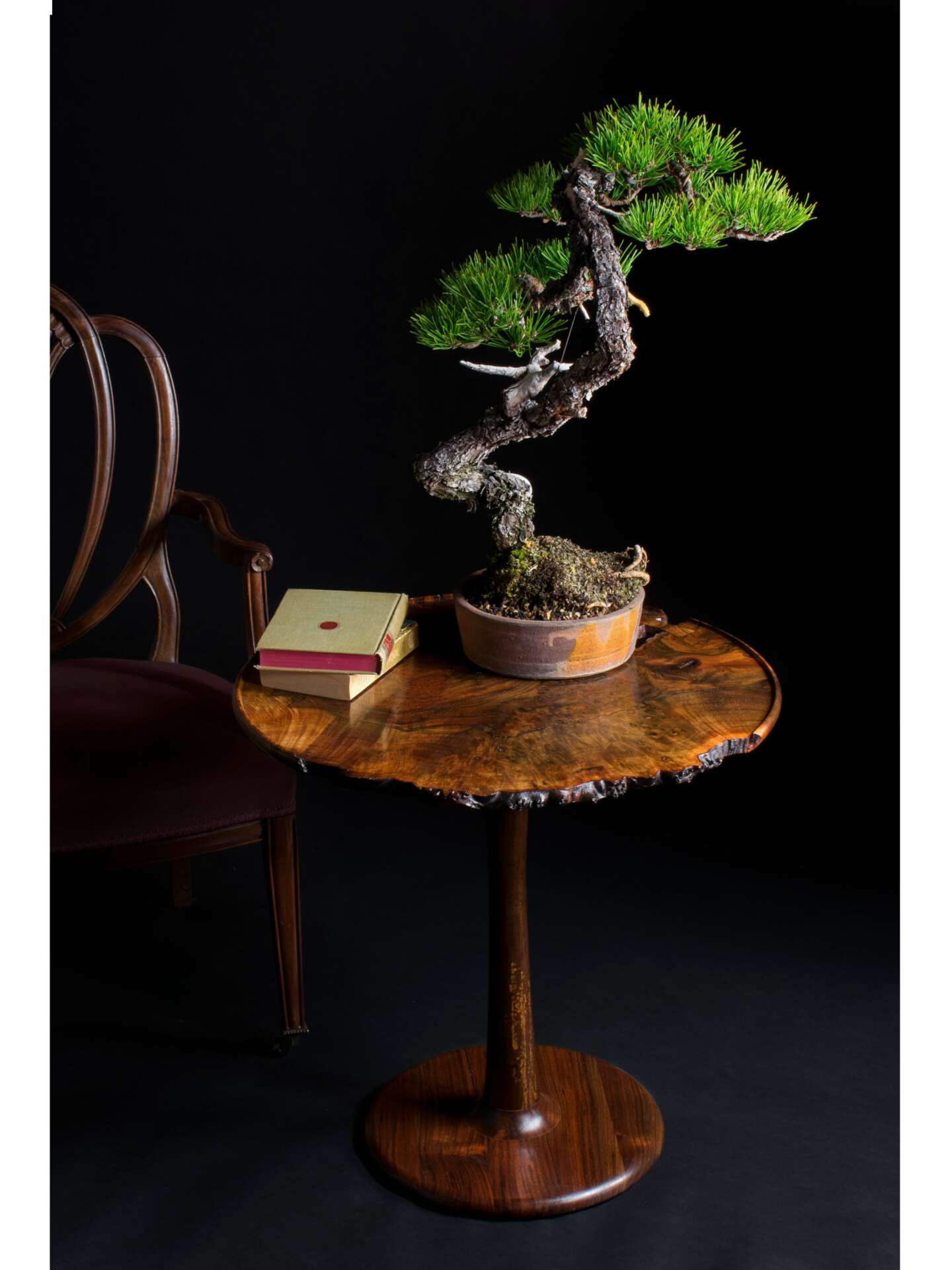We recently connected with Austin Heitzman and have shared our conversation below.
Hi Austin , thanks for joining us today. Have you been able to earn a full-time living from your creative work? If so, can you walk us through your journey and how you made it happen? Was it like that from day one? If not, what were some of the major steps and milestones and do you think you could have sped up the process somehow knowing what you know now?
How has covid changed your business model-
Few businesses escaped the impact of covid, mine was affected in both good ways and bad. The immediate impact was a high burst in demand. With everyone establishing new home offices and just wanting to generally improve the home environment they now found themselves stuck in furniture experienced the biggest boom I have seen in my 12 year career. I was fairly confident this wouldn’t last forever so I made a habit of saying yes to everything and raced to keep up with production.
Once things started to open up again people were eager for experiences over products and demand for classes began to spike. The rapid development of zoom and other online video technology did provide a great opportunity here. I have taught in person classes for years, but this limits my market to the local Portland area and those with the income and flexibly to travel. By developing online instruction I was able to engage a larger swath of my following, both in terms of price point and accessibility. I could now offer affordable instruction to someone in Delaware, which allowed me to monetize my social media following in a way I hadn’t been able to in the past. The next step is I plan to produce prerecorded instruction that can be purchased along with the necessary materials to produce simple projects. Essentially classes that are conducted through the mail.
I think the greatest lesson to come out of covid is unforeseen disruptions can and will occur and I need to insulate my business as well as I possibly can. Prior to covid my primary source of advertising and customer outreach was through art fairs and other live events. Covid eliminated these for two years with many never coming back. My social media and email list following took on a greater significance as these became the only access I had to my client base. Bolstering this audience and finding products I can market to them is critical to the longevity of my business.


Great, appreciate you sharing that with us. Before we ask you to share more of your insights, can you take a moment to introduce yourself and how you got to where you are today to our readers.
I am a studio furniture maker, which is someone who makes art you can eat on. My furniture pieces build themselves around strange and compelling natural forms; I incorporate not only the bark edge (live edge) of the tree, but also rot, splits, chainsaw cuts, and more as decorative centerpieces in my work. I enjoy responding to these found objects and allowing them to influence my design.
I also craft bonsai display tables and accessories. These smaller pieces, free from the engineering constraints of furniture, allow me to more artfully express my aesthetic. Most days of the year bonsai are grown outdoors, however occasionally they are brought indoors for a few days for shows and competitions. Indoors they are displayed on finely crafted wooden stands with accents placed on small wooden slabs or jitas. My interest in bonsai as a hobby made me aware of the potential in this niche market and over the years I have developed a dedicated following, shipping stands and accessories internationally.
Curiosity led me to woodworking. I have always found a connection with nature, but enjoying and understanding are two different things. I have memories of my dad telling me the different tree species as we walked through a forest, it was like a language I couldn’t understand. I decided to advance my comprehension and challenged myself to identify as many trees by leaf, bark and lumber as possible. With my Autobahn tree identification guide in hand I would explore forgotten and abandoned parks around my home in Philadelphia, taking samples of burls and interesting pieces of lumber to saw apart and see what treasures were inside; it was only a matter of time before I started building things.
Utilizing the urban forest is still a part of my work, just now on a much larger scale. What many people don’t realize is that when urban trees are removed they are usually thrown in a landfill or burned. Highly prized lumber species such as walnut burl, elm, rosewood, apple and countless others are simply wasted. By milling these urban trees for lumber I am able to exploit this valuable resource to craft high end furniture without disturbing natural spaces. To me this is the greatest form of recycling, utilizing the byproducts of our artificial urban environment to create fine art that enhances our lived spaces.


Can you open up about a time when you had a really close call with the business?
The closest I have been to failure in my business was not through a lack of funding or revenue, but going beyond the physical limitations of what my body was capable of and nearly paralyzing myself because of it. Very soon after quitting my day job and venturing out on my own I injured my back. I had just turned 30 and wasn’t accustomed to this type of injury. As a sole proprietor without employees the work had to go on, so I pushed it. Over the course of a week the pain got worse and worse, eventually my legs gave out, I collapsed to the floor unable to move anything from the waist down.
I was taken to the emergency room given a large dose of pain medication, once I could shuffle to the door I was released with a jar of opioids. The pain however was the least of my problems Woodworking is extremely physically demanding, slabs often weigh hundreds of pounds, and it takes strength and stamina to manipulate the material in the controlled manner necessary to produce good results. I thought I’d never again be able to perform the physical requirements necessary to make my art. My business is one that requires my direct involvement, I’m not a manufacturing facility or producing a line of products. I am an artist, and like a painter, sculptor or any other artist each piece requires my input to reach its full potential. Barely able to walk, let alone lift anything, my future looked bleak.
I buckled down and began to retrain my body to sustain my work. I worked with doctors, physical therapists and chiropractors to fine tune my posture and strengthen muscles to counteract the strain on my back. I did my homework religiously, when I was given exercises, I did them every day, continually pushing myself to get stronger and move better. This also forced me to look hard at the physical processes necessary to craft my art and evaluate how I worked. I raised all my benches several inches to prevent myself from hunching over. It was slow at first, every few months I would injure my back again and take myself out of work for a few weeks, this made it incredibly difficult to stay on top of my production. However, in time my physical state improved and through this process I believe I have established a more sustainable work practice. I love making my work, and I have no intention of stopping, so I find it essential to establish work practices now that will preserve my strength, flexibility and movement well into old age.


Does your business have multiple or supplementary revenue streams (like a ATM machine at a barbershop, etc)?
As a professional artist I have found success in organizing my business, my art, around multiple revenue streams. Artists tend to be passionate about what they produce, and therefore it is easy to focus only on your art as a source of revenue. I see my art not simply as the physical objects I produce, but the package I put together in order to make a living from my art. The core of what I produce, custom woodwork, is my passion, but I also have been able to monetize the skills, space and byproducts of my artistic pursuit. These multiple steams of revenue also provide a more stable income, and allow me to quickly pivot when one area is under or over performing. I found this especially useful during covid’s market disruptions.
I attended art school as a painter without any interest in woodworking or bonsai, however as I grew as an artist, and my interests and focus shifted, I allowed myself the freedom to explore. I began crafting furniture because I had a deep interest in lumber and needed a medium to explore this further. My pursuit of bonsai as a hobby allowed me insight into this niche market that I was eventually able to capitalize on. Bonsai and furniture are distinct artforms with a distinct audience and preferences. For example white oak, a popular wood for home decor, does not suit the aesthetic requirements of formal Japanese Bonsai display. I always try and remain sensitive to what each market desires and will bear.
Over the years I have struggled with how to brand myself as an artist working in two distinct arenas. I have found the best way to be focusing on the common denominators, in my case my material. I find both communities have a deep interest in beautiful lumber and by focusing on this I am able to appeal to both groups simultaneously. This allows me to have it both ways teaching woodworking classes and building custom furniture for my bonsai clients, and connecting my furniture clients with the living material their furniture stems from.
I augment my furniture and bonsai income, and increase my client base, by teaching classes out of my studio. Over the course of my decade long woodworking career I have honed my skills and developed new techniques, sharing these lessons with the world and perpetuating my craft is a satisfying endeavor. I often find that teaching the skills necessary to produce a piece helps educate my clientele to appreciate the true value of my work and can actually boost furniture sales. I have students fly in from all over the country to take my in-person classes and I also offer more affordable online classes to further expand my reach.
Even the studio building I operate in is part of my business model. My wife and I sublease an 11,000 square foot warehouse to 40 other artists eliminating our overhead and also providing an additional source passive income. This also helps us build a community, art production can be a lonely endeavor and to have other artists around is a great source of inspiration. I even sell boxes of my scrap wood to other woodworkers allowing me to get returns on what I previously threw away.
Making it as an artist is a tough career path, the term “starving artist” was coined for a reason. However by expanding the scope of my art I have been able to establish a business that has provided a comfortable living for over a decade.


Contact Info:
- Website: http://www.austinheitzmanfurniture.com
- Instagram: @austinheitzmanfurniture
Image Credits
HeitzmanAustin1,2,4- Day in the Life Gallery all other photos- Austin Heitzman


